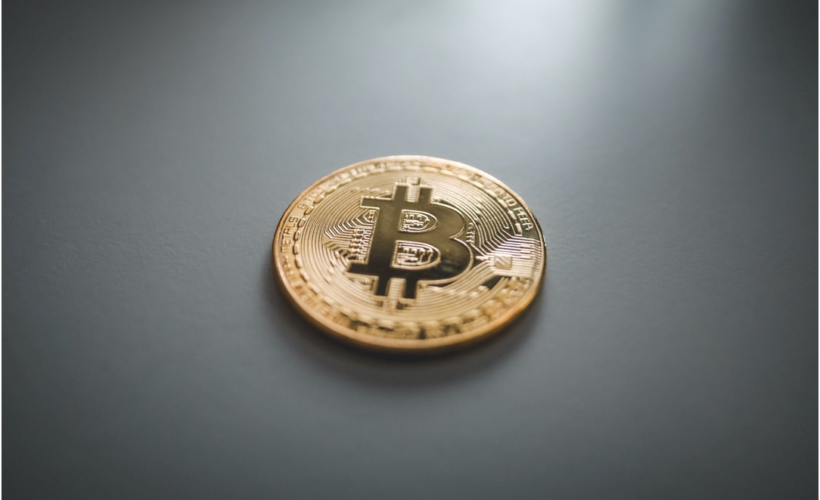
Cryptocurrencies! They seem to be the only thing people want to talk about these days. The local news is talking about it. Your colleagues are quitting their jobs to focus on crypto trading and leverage on its future capital gain. More so, it’s been a while since you attended a dinner party where cryptocurrency wasn’t a part of the discussion. All around you, everyone seems to be weighing in on the conversation, and you’re probably starting to experience FOMO.
If you’re sold on investing in crypto but not sure where to start, this article will cover all the basics, leaving you with a robust understanding of how it works. Perhaps, you too will be punching your cryptocurrency calculator in no time.
What is Cryptocurrency?
In simple terms, a cryptocurrency is a digital asset or currency on an internet-based exchange trading platform (ETF). They’re built on blockchain technology that serves as a digital ledger for storing all kinds of crypto transactions. This means every crypto transaction is entered into this decentralized database. It can’t be managed by a person or group, unlike fiat currencies like the U.S. dollar that a central bank manages.
Despite cryptocurrency’s decentralized nature, local laws apply to its use depending on your location. For instance, in August 2017, the Canadian Securities Administrator (CSA) published a CSA staff notice on the guidance of applying Canadian securities legislation to crypto-asset trading platforms Canada to educate the public on how securities regulation applies to their affairs.
How does it work?
Cryptocurrencies use blockchain, which is a distributed public ledger that records and updates all transactions. To create a cryptocurrency, you have to go through mining, which involves using high-powered computers to solve complex mathematical puzzles that form a block on the blockchain network.
Mining is a complicated and technical process, and it’s not for the mere crypto enthusiast’s mind. A mining block can take about ten minutes to create. Although, with the recent increase in digital currency trade volumes, the network sometimes experiences a significant backlog of transactions that are yet to be lumped into blocks.
Types of Cryptocurrencies
It’s almost impossible to broadly explain digital currency for the first time without taking at least a shallow dive into its origin. The first cryptocurrency, Bitcoin (BTC), was created by Satoshi Nakamoto in 2009. Since 2009, thousands of other digital currencies have come into play. There are currently over 6,700 different types of currencies being traded publicly.
As of April 2021, the total value of cryptocurrencies amounted to over $ 2.2 trillion, with Bitcoin sitting at the top. So, while we may not be able to go through all the different types of currencies, the top market movers include; Bitcoin (BTC), Ethereum (ETC), Bitcoin cash (BCH), Yearn.finance (FFI), Litecoin (LTC), Dogecoin (DOGE), XRP, and Binance cash (BNB).
How to Buy and Sell Cryptocurrency
The first step to buying digital currency is registering on an exchange platform. Platforms like WealthSimple and Coinbase do a good job in crypto trading as they have a beginner-friendly interface and permit fiat currency. Things to consider when choosing a trading platform include; security, exchange fees, and crypto options. Secondly, you need a digital wallet. Some exchange platforms like Robinhood and Coinbase have the safest wallets. However, if trading is all you want, you can opt for a brokerage account which is a lot easier to set up. Here, a broker handles the underlying market on your behalf and earns a commission in return.
Conclusion
Although the crypto market experiences many criticisms because of its volatility, observers believe the digital currency is here to stay. Especially now that companies accept it as a means of payment. Also, countries like the United States and Canada have gone further to impose a crypto tax on crypto assets. So, just before you make your first crypto transaction, do your research and take the necessary precautions to transact cryptocurrency safely.

